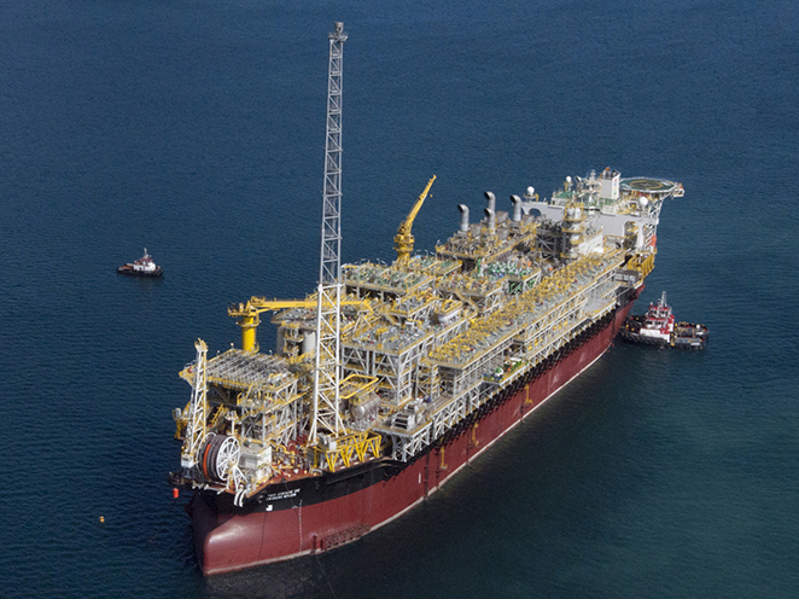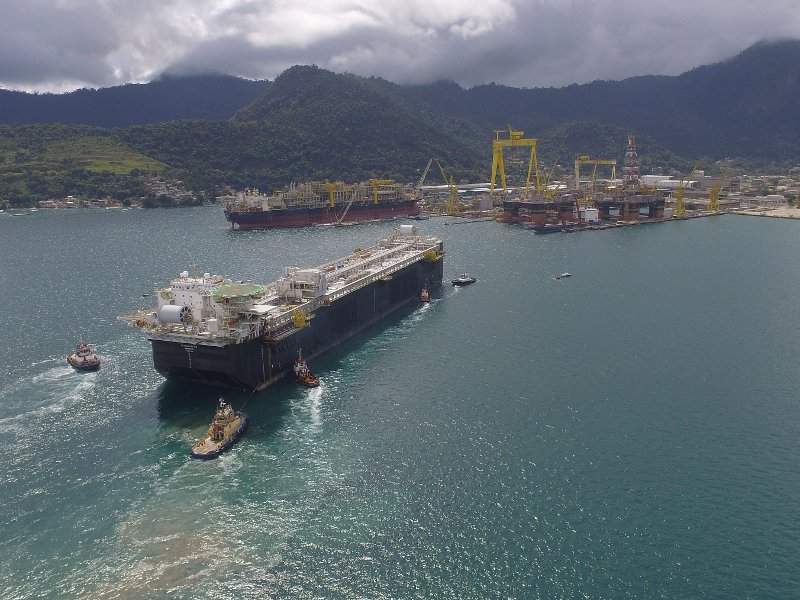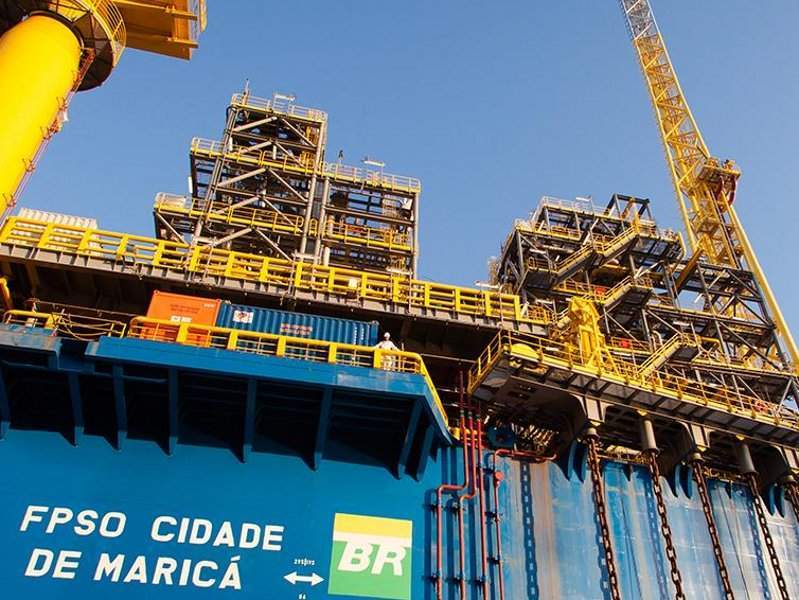Lula oil field, previously known as Tupi oil field, is one of the world’s biggest producing ultra-deepwater oil and gas fields located in water depths from 2,000m to 5,000m in the Santos Basin, approximately 250km off the coast of Rio de Janerio, Brazil.
The giant offshore field is part of the BM-S-11 concession, which is jointly owned by Petrobras (65%), Shell Brasil Petroleo (25%) and Petrogal Brasil (10%).
Shell Brasil Petroleo is a wholly-owned subsidiary of Shell, whereas Petrogal is subsidiary of Galp.
Discovered in October 2006, the Tupi offshore field was brought into production in May 2009 and renamed as Lula field in 2010.
The ultra-deepwater oil field has been continuously expanded since then, with its eighth floating, production, storage and offloading (FPSO) unit commissioned in October 2018 and the ninth FPSO already scheduled for commissioning.
The Lula oil field is expected to reach one million barrels of oil-equivalent per day (Mboed) into production by 2019 and hit its peak production by 2021.
Lula oil field development details
Lula is a pre-salt field estimated to hold up to 8.3 billion barrels of recoverable oil-equivalent resources. The offshore field development comprises a number of sub-fields such as Lula Central, Lula Pilot, Lula Northeast Pilot, Iracema North, Lula South, Lula Extreme South, Lula Alto, and Lula North.
The giant Lula oil field was developed with a total of 101 wells, including more than 50 producer wells, as of 2018. The current development plan includes more than 50 additional wells in the field.
Eight FPSOs were operating on the field as of October 2018.
The operational FPSO units are Cidade de Angra dos Reis (Lula Pilot), Cidade de Paraty (Lula Northeast Pilot ), Cidade de Mangaratiba (Iracema South) , Cidade de Itaguai (Iracema North), Cidade de Marica (Lula Alto), Cidade de Saquarema (Lula Central), P-66 (Lula South), and P-69 (Lula Extreme South).
P-69, the ninth FPSO, will be installed at the Lula North subfield.
Lula FPSO details
The initial test production of the field was conducted on FPSO Cidade de Sao Vicente in May 2009. The FPSO was later deployed for test production at the Sepia field, located in the former north-east area of Tupi.
The FPSO Cidade de Angra dos Reis, installed at a water depth of 2,149m, is capable of producing 100,000 barrels of oil along with five million cubic meters of gas a day. The storage capacity of the FPSO is 1.6 million barrels. The FPSO commenced production in October 2010.
The Cidade de Paraty FPSO, with 120,000bod oil and five million cubic meter gas production capacity a day and 1.6 million barrels storage capacity, was brought into operation in June 2013.
The Cidade de Mangaratiba FPSO, which started production in October 2014, is installed at a depth of 2,200m and is capable of producing 150,000 barrels of oil along with 280 million cubic feet (Mcf) of gas a day.
The FPSO Cidade de Itaguai is installed at a depth of 2,240m and has the capacity to process 150,000bod of oil and with 280Mcf of gas a day. The storage capacity of the FPSO unit is 1.6 million barrels. First oil from the Cidade de Itaguai FPSO was achieved in July 2015.
FPSO Cidade de Marica and Cidade de Saquarema are located at a water depth of 2,210m and 2,130m, respectively. Each FPSO unit is capable of producing 150,000bod of oil and six million cubic meters of gas a day.
Cidade de Marica and Cidade de Saquarema FPSOs started operations in February and July 2016, respectively.
FPSO P-66 achieved first oil in May 2017 and is installed at a depth of 2,150m. It has a production capacity of 150,000bod of oil and six million cubic meters of gas a day.
P-69, the eighth FPSO on the field that commenced operation in October 2018, has the capacity to produce 150,000 barrels of oil along with six million cubic meters of natural gas a day. It is installed at a depth of 2,150m.
The P-67 FPSO, which is yet to commence production, will also have similar production and storage capacity.
Oil and gas supply from the Lula field
The oil from the Lula field is offloaded to tankers, whereas the gas is exported via the 216km-long Lula-Mexilhão pipeline connecting the gas receiving hub at Mexilhao gas field, which is also located in the Santos Basin.
The gas from the Mexilhao gas field is then transported onshore via the Rota Cabiunas gas pipeline to the Cabiúnas gas processing plant.
Contractors involved with the Lula oil field development project
MODEC was the engineering, procurement, construction, and installation (EPCI) contractor for the Cidade de Itaguai, Cidade de Mangaratiba, and Cidade de Angra dos Reis FPSO units.
SBM Offshore was the EPCI contractor for the Cidade de Paraty, Cidade de Marica, and Cidade de Saquarema FPSOs.
Keppel Corporation was responsible for the fabrication and topsides module integration for the P-66 and P-69 FPSOs.
China Offshore Oil Engineering Corporation (COOEC) delivered the P-67 FPSO for the Lula field in May 2018.
The major subsea contractors for the Lula field development were Saipem, Technip, and Subsea 7.





